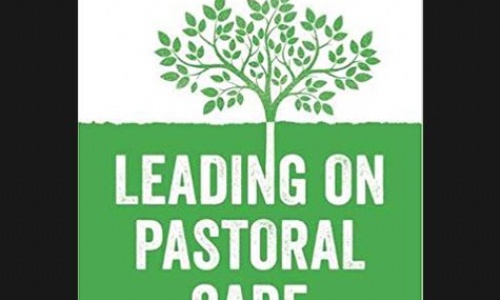LEADING ON PASTORAL CARE

Review by Linda Griffin
“Behaviour is an unmet need”
This book is broken down into 3 sections:
- Defining pastoral leadership
- Providing effective pastoral leadership
- Reviewing your work
Very early on I was questioning how well we ‘know’ our young people even though we pride ourselves on knowing them. Without this deep knowledge we are unable to ensure that they can truly participate in their day.
The key messages throughout the book are the long term effects of exclusions and the need for students to really feel as if they belong. It is important that we promote ‘inclusion in order to diminish exclusion’.
A key area to improve pastoral care is communication within school and with parents:
- Report cards and tracking cards should be positive and have student ‘buy in’. They should not feel ‘done to’.
- Meetings with parents. Make sure parents are fully briefed beforehand, there should be no surprises in the meetings. Are the parents involved in the decision making process? Sobel makes a rather stark statement ‘the problem lies with our attitude as a profession towards parents’.
- ‘an essential part of the role of pastoral leader is to support teachers in including the most vulnerable students in their lessons’. This does not mean removal from the class or behaviour sanctions but supporting the teacher with what is happening in the lesson.
Chapter 7 looks at common areas of need:
- Attachment Disorder
- ADHD and hyperactivity in general
- Inattentive ADHD (formerly known as ADD)
Teachers need to understand these conditions and provide support for them, not sanction for them. The SENDCo is a key Pastoral Leader.
Sobel suggests that self–exclusion is often brought about by mental health issues such as anxiety, depression, eating disorders and deliberate self-harm. Staff need to be trained in how to help children in their care presenting with these mental health concerns.
The chapter on ‘Helping a student in crisis’ raised lots of questions for me.
- Does our behaviour policy lead to escalation and crisis too quickly?
- Is there room for flexibility within the policy/process?
- Do we really know the barriers to learning for the student in crisis? Physical, emotional, home background?
Possible strategies included:
- Shadowing the student – is the student fully included in the school?
- Starting from scratch – strip back the timetable and build it back up.
- Give praise – ensure that the student is provided with opportunities that result in praise not just failure. Contact parents with positive outcomes, not just the ‘I’m sorry but… ‘call.
- Providing a mentor
Teachers need to have a supportive attitude to the student. Pastoral leaders need to support the classroom teachers. Teachers’ attitudes and behaviours towards the student needs to change.
The final section on conducting a whole school pastoral review provided a framework to use for a review. Again it raised questions, how inclusive are we as a school? Do we create a sense of belonging?
What I will use
- Different types of ‘report’ cards and the need for a positive focus
- Reviewing the Behaviour Policy using the Dos and Don’ts on page 169
- Looking at the strategies for ‘helping a student in crisis’ and working with staff to ensure that we really are an inclusive school where the students have a sense of belonging.
